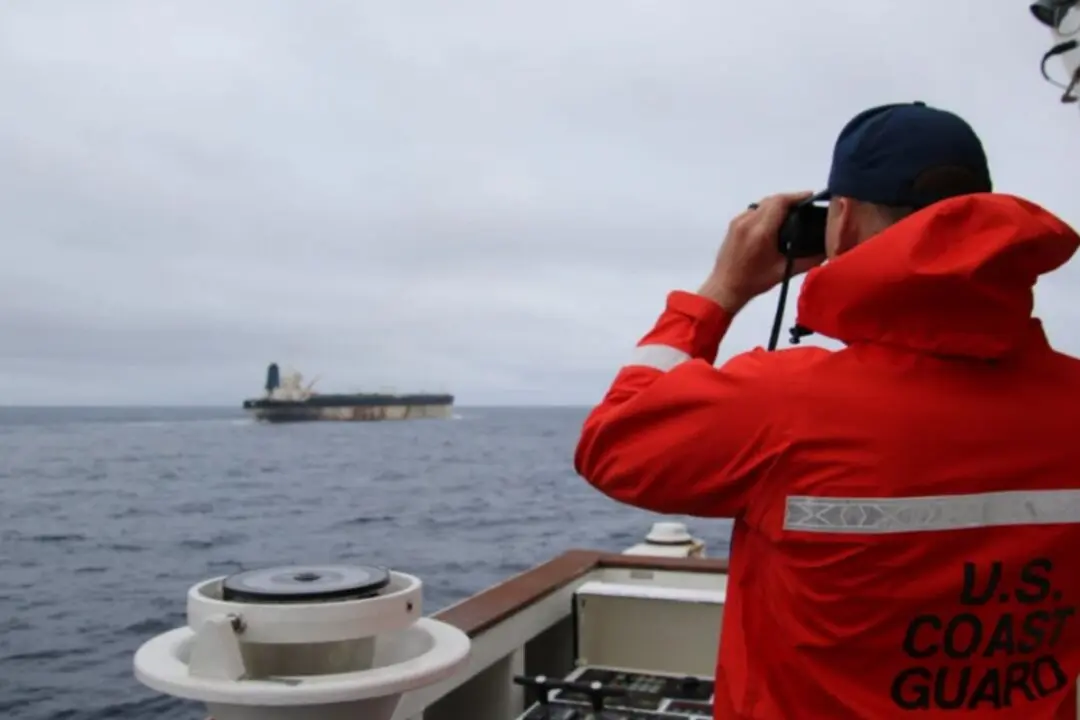Millions in Florida could be left without power as Hurricane Dorian is forecast to slam the state’s east coast next week.
A model released by the University of Michigan, Industrial & Operations Engineering program shows that as many as 8.1 million people, or 2.7 to 4 million customers, could lose power.





